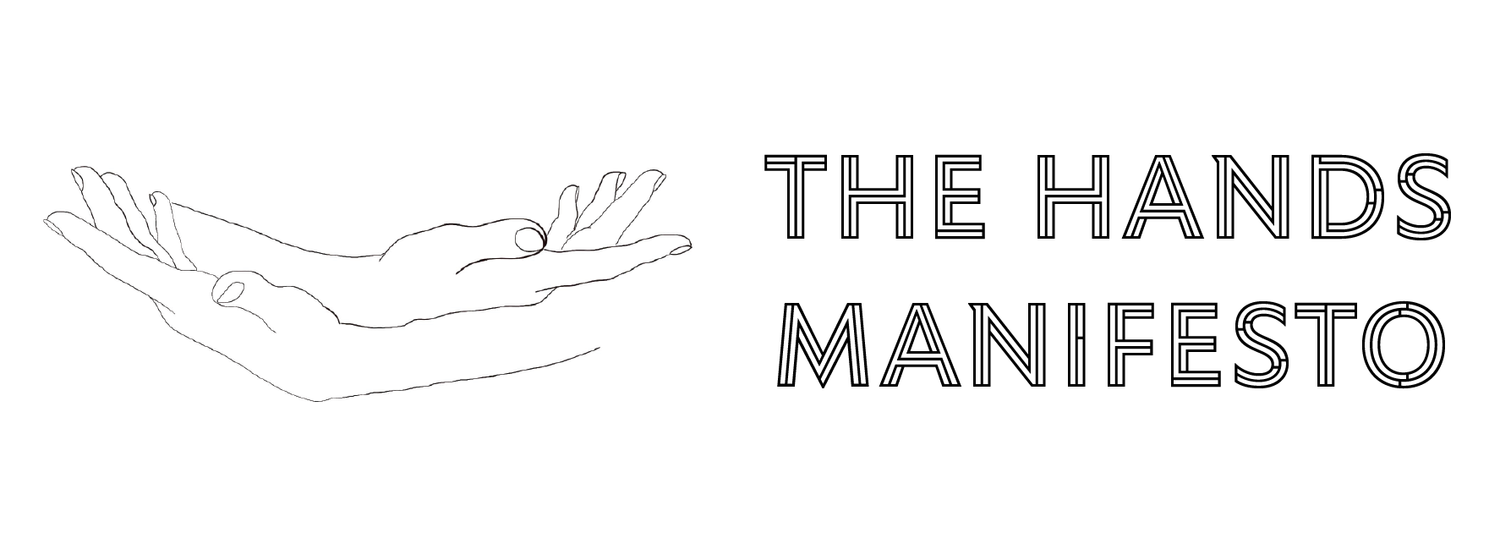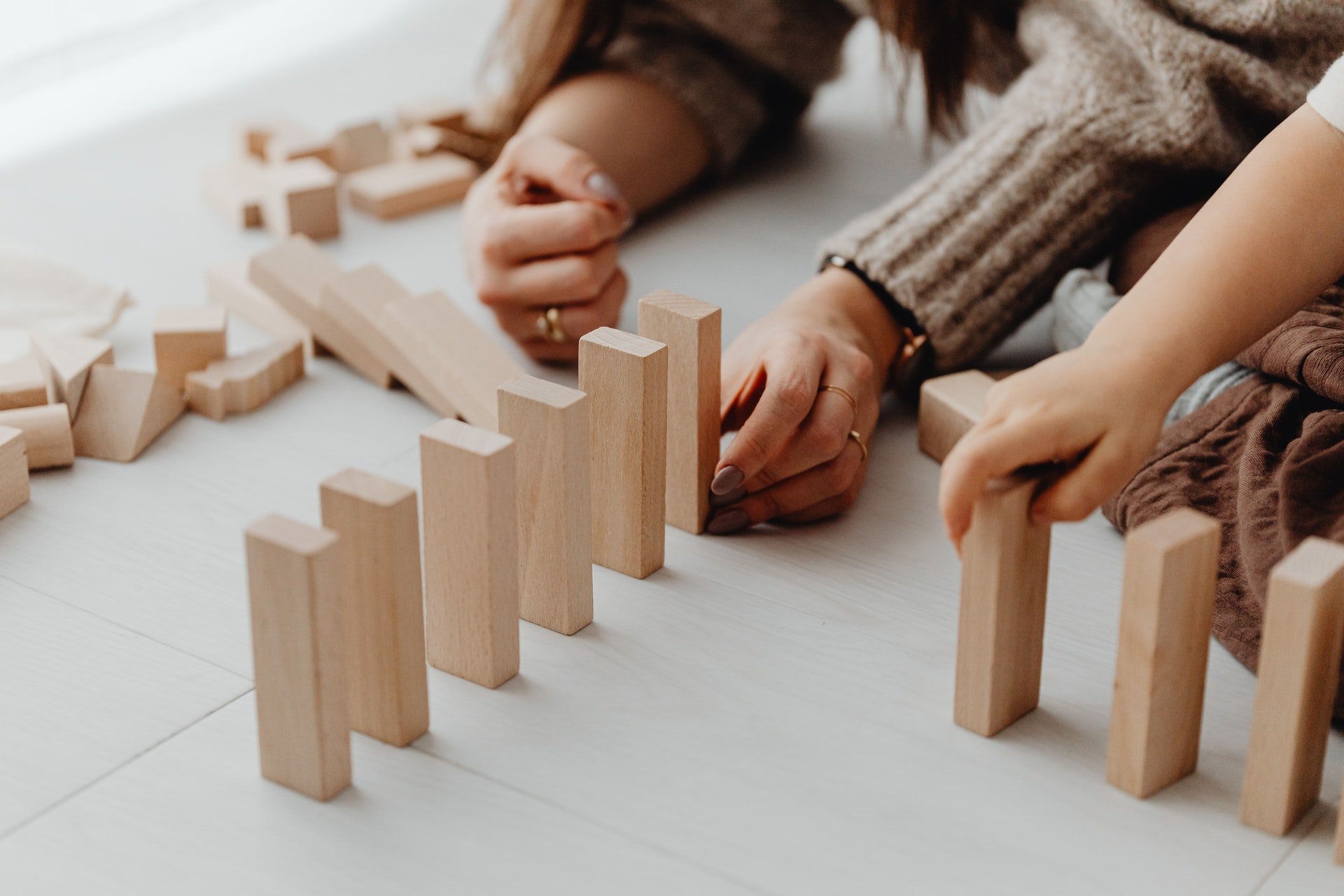Learning through doing
I spent several hours yesterday stitching with a friend. To be more accurate, I was stitching and he was watching, intrigued to understand my process better. I’m working on a new design which often involves starting a motif, being not quite happy, moving it (sometimes by as little as one thread!), changing the size or colour, trying again, etc. My design process generally involves knowing what the outline or structure of a project looks like before I start, but then allowing the way I fill the spaces within those boundaries to evolve. One stitch suggests the next, colour combinations develop, and smaller spaces are filled when the major motifs are complete. One of the reasons I have come to love design work so much is that it is a skill that I have had to work hard to learn. Unlike my natural aptitude for maths and science at school, canvaswork embroidery design didn’t come easily to me. I learned by repeating the process over and over again, finding out what works and what doesn’t, and discovering the power of always being prepared to try something new.
It all started in 2006 when we moved to Melbourne. My husband was working full time and I had my hands full looking after a busy six-year-old son and two-year-old daughter. I needed some time for myself when I spotted an advertisement for the Embroiderers' Guild of Victoria. This turned out to be one of those forks in the road that changed my life. Had I not found the EGV, I might not be writing this today. I signed up for a "Masterclass in Canvaswork Embroidery", a program that would run once a month over a year and a half. I didn't know much about the technique (or embroidery masterclasses come to that!), but I had been cross-stitching all my life and I could see some similarities. I wanted to know more. My eleven fellow students were highly accomplished and far more experienced than me. Some of them had done masterclasses in other embroidery techniques and their artistic abilities were much better developed than mine. Every month I looked at the samples I had worked and realised that I had a very long way to go. My early pieces were technically well executed (the stitching was neat and accurate), but utterly boring (they didn’t sing!). However, canvaswork embroidery was rapidly becoming an obsession. I loved it. I simply focussed on learning as much as I could and making sure that I finished each month's assignment.
My first original WIP compared with yesterday’s progress
The power of the class and its influence on my life cannot be understated. Whilst our teacher provided a wonderful structure and framework for the classes, it was sitting next to my fellow students and learning from their stitching and design processes that taught me so much. In a different kind of environment, I might have been disheartened by my lack of skill and experience. Instead, I was surrounded by warm and generous support. I still did most of my actual stitching on my own, but I thrived on coming together for our monthly meeting to share ideas and inspiration. I was starting to think more seriously about my embroidery processes, expending the same curiosity and depth of inquiry on my stitching as I had on my PhD almost a decade earlier.
We returned to Perth in 2008, a few months before the Masterclass program ended. It was disappointing not to finish and participate in the final exhibition, but it didn't really matter. My maker identity had changed. I was no longer a hobbyist who stitched purely for relaxation. Instead, I had become deeply committed to finding my creative voice as a canvaswork embroiderer. I had laid the foundations for a brand new career for myself through the process of being deeply engaged in a creative practice that was all about “learning through doing”.
In another example close to home, my son finished his university qualifications as a mechanical engineer last year. He chose one of the less prestigious universities in Perth because it had an amazingly well-resourced Formula Student racing team. Every one to two years the team builds a new car from scratch. The students design the entire car in house, machining and building most of the parts themselves. For the past five years, my son spent many more hours in the workshop than he did "studying". Was he learning? Of course. The team members undoubtedly gained a better understanding of their field through shared doing and problem solving. And did working together late into the night, sometimes for weeks on end, create some pretty strong friendships? Absolutely. In my humble opinion, this is engineering education at its very best. Practical, hands-on learning and problem solving gives concrete form to the theoretical knowledge acquired during compulsory course units. Not all students choose to join the racing team, but those who do almost certainly graduate with a deeper, better-rounded understanding of their chosen profession.
The ECU Racing workshop in late 2021
Now of course, I fully appreciate that you can’t learn everything by physically “doing” the thing you are learning. We can’t travel back in time to actually live the history that we study (although we can sometimes try to replicate similar conditions and learn from that process), and subjects like philosophy are largely cerebral and centred more around “learning through thinking” rather than “learning through doing”. However, there is some value in re-examining our thinking on traditional learning processes.
Many years ago, I came across a fabulous little book called “The Myth of Ability” by John Mighton. John is a Canadian mathematician and writer who founded a charity called JUMP to enable any student to succeed in maths. He believes passionately that assuming that we are divided into people who “can” and “can’t” do mathematics (and in fact many other things!) is deeply wrong. He has demonstrated repeatedly that teaching maths in a way that everyone can understand and thus building students’ confidence and belief in their own ability produces extraordinary results.
In his second book, “The End of Ignorance”, John describes his attitude when teaching maths to students who think they can’t do it - “I reassured them that if they didn’t understand something in my lesson it would be my fault for not explaining it properly, so they could ask me to explain it again.” His experiences clearly demonstrate that if we teach something well and build confidence, then everyone can achieve at much higher levels than they expect. My favourite example from his first book was the way he tackled times tables with a group of primary school students. Instead of assuming that they had to memorise or rote learn them, he encouraged them to use their hands, to count with their fingers. This is a process that can sometimes be almost looked down on in the mathematics world. Because some people can perform such calculations in their head, using the hands as a calculation assistant is somehow seen as the inferior path. But what if counting with our fingers, and toes, (and blocks when we need something more than twenty) is actually a really powerful of way helping people to learn the basics of numeracy in the way that suits their learning style best? Why is using our hands in conjunction with our brain somehow seen as an inferior intellectual process?
I hope that attitudes like this are slowly changing (although I fear the emphasis here is probably on slow), because there is a lot of amazing research being done in education to demonstrate the importance of “hands-on” learning. Another favourite book in my collection is “Limitless Mind” by Jo Boaler. Jo is a Stanford University Professor of Mathematics Education who is passionate about demonstrating that neuroplasticity (the ability of neural networks in the brain to change through growth and reorganisation) means we are all capable of learning and achieving much more than we think. She argues that there is no such thing as having a fixed level of learning potential - we just haven’t been given the opportunity to learn in a way that is more dynamic and thus more likely to lead to better learning outcomes.
In her book, Jo gives a perfect example, again from maths (I’m just a little bit passionate about this subject which has such a bad reputation!). Research by her neuroscience colleagues at Stanford (Menon, 2015) has shown that when the brain is working on a mental arithmetic problem, it engages five different brain areas and two of them are visual. Another study (Park and Brannon, 2013) found that the brain worked differently when a problem was posed as numbers or symbols when compared with a spatial and visual representation. The best learning outcomes happened when participants could use both processes to solve the problem. These kinds of outcomes are summarised by Jo in the fourth of her six learning keys: “Neural pathways and learning are optimized when considering ideas with a multidimensional approach”. In other words, it’s not sufficient to learn any given maths concept from only one perspective - you need symbolic, spatial, and visual representations. Having the option to “do” maths in different ways makes better learning outcomes much more reliable.
Visualising mathematical concepts with blocks can be just as powerful for older learners as it is for young children (Photo by Karolina Grabowska via Pexels)
In the craft and maker world, learning through doing is a natural approach. We expect to learn a new process by observing someone else do it (in person or via a book or YouTube video), using our hands to have a go ourselves, and then honing that skill through repeated practice. Learning through doing in a group can be even more powerful as everyone has different ideas and experiences to contribute, building confidence together, thus enabling an individual to gain so much more than they might by working alone. I would love to see more of that dynamic, multidimensional learning taking place in our traditional education institutions. The creative arts subjects do it well already (despite constantly decreasing funding into these critically important subject areas), but some of the more traditional academic subjects need a makeover. Everyone can do maths and a multitude of other things. The experiences of John Mighton and the research of Jo Boaler and her colleagues have proved that. We just need our education systems and societal attitudes to catch up.
This Week’s References
Limitless Mind: Learn, lead and live without barriers by Jo Boaler (2019). Published by Harper Collins Publishers - ISBN: 9780008305666
Salience Network by Menon, V (2015). Published in Toga, EW (ed.) Brain Mapping: An Encyclopedic Refererence, Vol 2, 597-611.
The End of Ignorance: Multiplying our human potential by John Mighton (2013). Published by Random House Group - ISBN: 9780676979640
The Myth of Ability: Nurturing mathematical talent in every child by John Mighton (2004). Published by Walker Books - ISBN: 9780802777072
Training the Approximate Number System Improves Math Proficiency by Park, J and Brannon, EM (2013). Psychological Science 24/10: 2013-19.
How to comment
I love receiving your comments and hearing your ideas! Making a comment is easy. Just type it into the box below. If you test it with “Preview” first, the name field will show “Not Logged In” (which is a system thing I can’t change). Never fear though! When you click on “Post Comment”, a dialogue box will come up asking for your Name, Email, and Website URL. The only field that must be completed is “Name”. It can be anything you choose - full name, first name, initials, nickname. So go ahead. Let me know what you think :)



